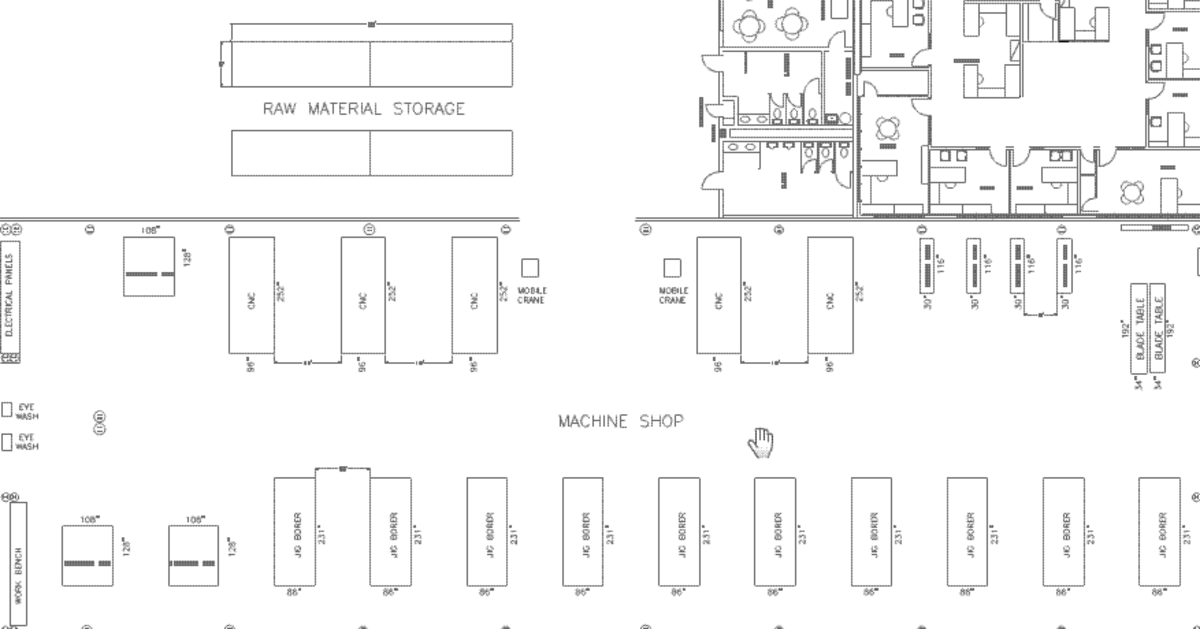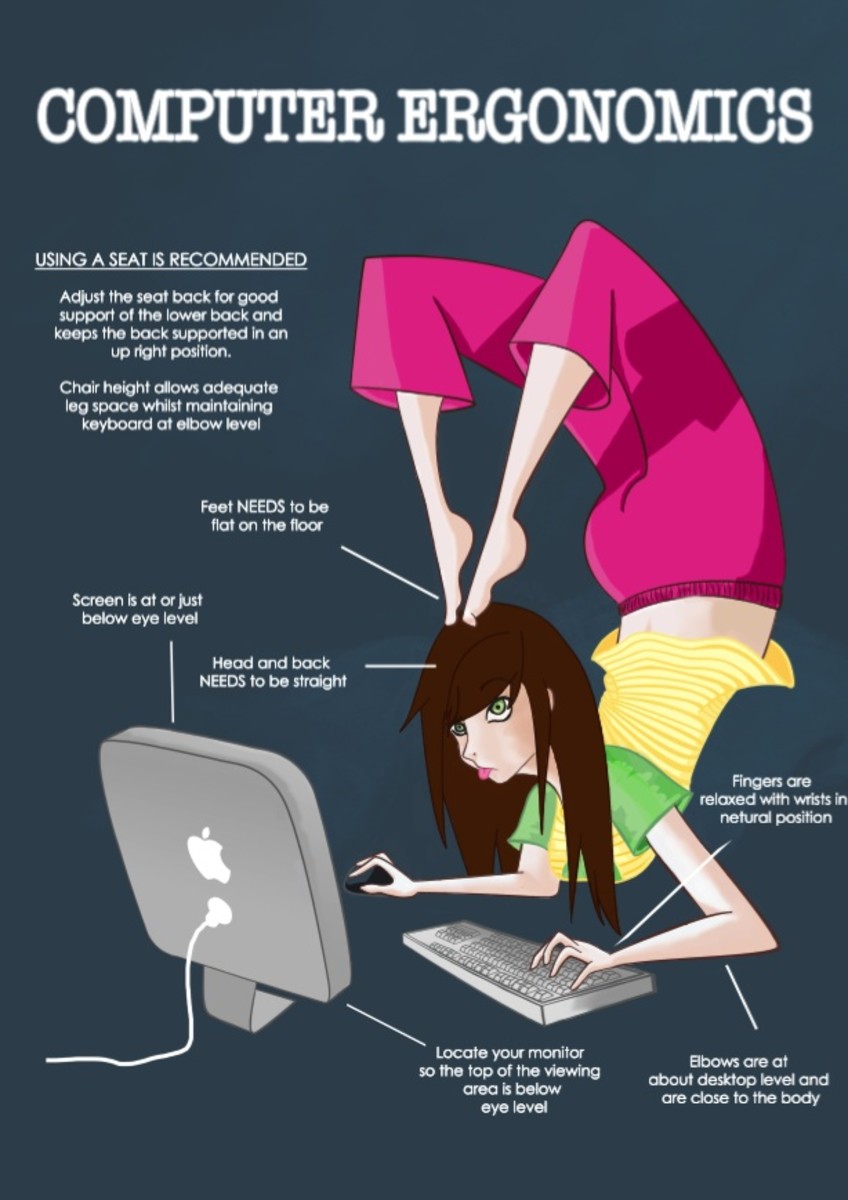Hearing Protection Terms and Standards
Standard Hearing Protection Terms and Definitions
Hearing protection devices limit the ability of sound to enter the ear. Hearing protection devices may be ear plugs, ear muffs or noise cancelling head phones.
Hearing conservation programs monitor the hearing of employees exposed to high noise levels. Audiometric screenings are done annually and the results recorded. Companies review cases with greater hearing loss than the expected hearing loss associated with age. Hearing conservation programs educate new workers and remind existing staff of the importance of wearing adequate hearing protection.
A noise dose is a method of calculating the noise exposure of an employee. The duration of the 90 decibel average weighted sound pressure is divided by the eight hours and then multiplied by 100. Someone exposed to an average ninety decibel sound pressure for an eight hour work shift has a 100% dose. Ideally, the noise dose is far less than 100%. When someone was exposed to multiple loud blasts, the noise level for each period is calculated and added to each other before being multiplied by one hundred. While the noise dose ideally less than one, it can be greater than one.
Noise protection programs identify sources of unacceptably loud noises and attempt to mitigate them. Noise protection programs should be done in conjunction with hearing conservation programs.
Hearing protection can take the form of devices to protect employees' hearing, engineering solutions that reduce the noise generated and using administrative controls like limiting the time employees are exposed to high noise environments.
Regulators like OSHA give employers greater credit for implementing engineering controls like installing quieter equipment or sound barriers over administrative solutions or placing the burden of hearing protection on employees. Engineering controls also reduce noise pollution, the sound that travels beyond the workplace and disturbs those nearby.
This list of definitions is not comprehensive. Readers should refer to standards like ANSI S1.1 for all official hearing protection terms, definitions and abbreviations.

Hearing Protection Standards
Hearing protection standards outline noise control requirements or the minimum steps employers must take to protect employees’ hearing when the noise level cannot be reduced to a safe level.
OSHA standard 1910.91(a) defines the sound levels at which hearing protection is required. The OSHA standard 1910.95 addresses the environmental controls required for occupational noise exposure levels.
ANSI standard S1.1 gives the acoustical terminology used in other ANSI standards. ANSI S1.1 lists the definitions for terms and abbreviations used in acoustical standards. ANSI S1.1 was issued in 1994 and revised in 2004. ANSI S12.6 describes the test procedure for determining the attenuation of hearing protection devices. ANSI A10.46 gives the necessary hearing protection methods to be used for construction workers exposed to noise levels over 85 decibels. ANSI A10.46 applies whether the noise exposure is constant, intermittent or equivalent to 85 db.
ISO 4869-3 is the ISO standard for testing the protective effect of ear-muffs designed to protect one’s hearing. ISO 16073 gives the minimum functional requirements for firefighter protective equipment, including equipment intended to protect their hearing.
Hearing Protection and Acoustics Organizations
The Acoustical Society of America issues standards for acoustical noises such as underwater acoustics, ultrasound noise generation levels, mechanical shock and vibration. Acoustical Society of America or ASA standards for acoustics have been adopted by ANSI International and ISO or International Standards Organization.
Acoustical Society of America standards adopted by ANSI are denoted as ANSI/ASA followed by the document number. For example, ANSI/ASA S12.60 is the joint Acoustical Society of American and ANSI International standard for the acoustical performance of schools.
This article is accurate and true to the best of the author’s knowledge. Content is for informational or entertainment purposes only and does not substitute for personal counsel or professional advice in business, financial, legal, or technical matters.








